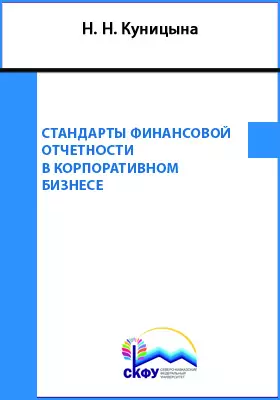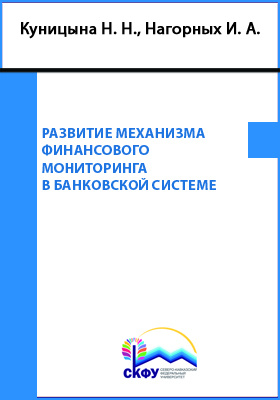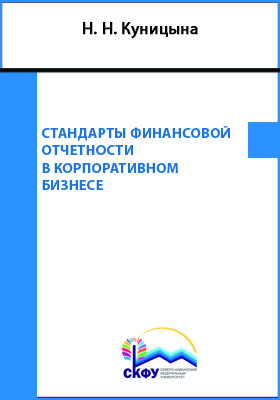Стандарты финансовой отчетности в корпоративном бизнесе = Standards of financial repor in corporate business
Автор: Наталья Куницына
Форматы: PDF
Издательство: Северо-Кавказский Федеральный университет (СКФУ)
Год: 2017
Место издания: Ставрополь
Страниц: 218
Артикул: 22671
Краткая аннотация книги "Стандарты финансовой отчетности в корпоративном бизнесе"
Пособие представляет курс лекций, в котором изложены основные теоретические аспекты дисциплины «Стандарты финансовой отчетности в корпоративном бизнесе», а также приведен перечень контрольных вопросов. Предлагаемый материал может быть дополнен выдержками из законодательных и нормативных документов, инструкций и официальных писем и носит рекомендательный характер. Предназначено для использования в учебном процессе при подготовке магистрантов направления 38.04.08 – Финансы и кредит, а также в системе переподготовки кадров высшей квалификации.
Содержание книги "Стандарты финансовой отчетности в корпоративном бизнесе"
Introduction
1. THEORETICAL BASES OF IFRS
1.1. Essence of IFRS
1.2. The organizations developing IFRS
1.3. Elements and structure of IFRS
Control questions for self-examination
2. TECHNIQUE OF THE FINANCIAL STATEMENT CREATION
2.1. Qualitative characteristics of useful financial information
2.1.1. Fundamental qualitative characteristics
2.1.2. Enhancing qualitative characteristics
2.2. The cost constraint on useful financial reporting
2.3. The elements of financial statements
Control questions for self-examination
3. INTERNATIONAL FINANCIAL REPORTING STANDARDS AND DISCLOSURE OF INFORMATION
3.1. Recognition of financial statement elements
3.2. IAS 1 "Presentation of financial statements"
3.3. IAS 7 "Statement of cash flow"
3.4. IAS 8 "Accounting policies, changes in accounting estimates and errors"
3.5. IAS 24 "Related party disclosure"
3.6. IAS 10 "Events after the reporting date"
Control questions for self-examination
4. INTERNATIONAL FUNDAMENTAL AND PRIVATE STANDARDS, SPECIAL STANDARDS
4.1. Fundamental standards: IAS 18 "Revenue". IAS 2 "Inventories"
4.2. Fundamental standards: IAS 12 "Income taxes". IAS 19 "Employee benefit". IAS 37 "Provisions, contingent obligations and contingent assets"
4.3. Private standards: IAS 21 "The effects of changes in foreign exchange rates". IAS 29 "Financial reporting in hyperinflationary economies"
4.4. Special standards: IFRS 8 "Operating segments". IAS 33 "Earning per share"
Control questions for self-examination
5. IFRS ON NON-CURRENT ASSETS AND LIABILITIES
5.1. IAS 16 "Property, plant and equipment"
5.2. IAS 38 "Intangible assets"
5.3. IAS 36 "Impairment of asset ". IAS 40 "Investment property"
5.4. IAS 17 "Leases". IAS 11 "Construction contracts". IAS 20 "Accounting for government grants and disclosure of government assistance"
5.5. IFRS 5 "Non-current assets held for sale and discontinued operation"
Control questions for self-examination
6. IFRS ON CONSOLIDATION
6.1. IFRS 3 "Business combination"
6.2. IAS 27 "Separate financial statements"
6.3. IAS 28 "Investment in associates and joint ventures"
6.4. IFRS 10 "Consolidated financial statement". IFRS 11 "Joint arrangement". FRS 12 "Disclosure of interests in other entities"
Control questions for self-examination
7. IFRS FOR FINANCIAL INSTRUMENTS
7.1. IAS 32 "Financial instruments: presentation"
7.2. IAS 39 "Financial instruments: recognition and measurement"
7.3. IFRS 7 "Financial instruments: disclosure"
7.4. IFRS 9 "Financial instruments"
Control questions for self-examination
8. ANALYSIS OF THE ORGANIZATION’S FINANCIAL REPORTING
8.1. Analysis technique of the financial reporting. Analysis of financial instruments. Analysis of the equity. Income-expenditure analysis. Analysis of the cash flow statement
8.2. Benefits of using the IFRS
Control questions for self-examination
Glossary
Rreferences
Все отзывы о книге Стандарты финансовой отчетности в корпоративном бизнесе : учебное пособие на английском языке
Отрывок из книги Стандарты финансовой отчетности в корпоративном бизнесе : учебное пособие на английском языке
12 period to period within a reporting entity or in a single period across entities. Comparability is the goal; consistency helps to achieve that goal. V e r i f i a b i l i t y Verifiability helps assure users that information faithfully represents the economic phenomena it purports to represent. Verifiability means that differ-ent knowledgeable and independent observers could reach consensus, although not necessarily complete agreement, that a particular depiction is a faithful representation. Quantified information need not be a single point estimate to be verifiable. A range of possible amounts and the related probabilities can also be verified. Verification can be direct or indirect. Direct verification means verifying an amount or other representation through direct observation, for example, by counting cash. Indirect verification means checking the inputs to a model, for-mula or other technique and recalculating the outputs using the same method-ology. T i me l i n e s s Timeliness means having information available to decision-makers in time to be capable of influencing their decisions. Generally, the older the in-formation is the less useful it is. However, some information may continue to be timely long after the end of a reporting period because, for example, some users may need to identify and assess trends. U nd e r s t a nd a b i l i t y Classifying, characterising and presenting information clearly and con-cisely makes it understandable. Some phenomena are inherently complex and cannot be made easy to understand. Excluding information about those phenomena from financial re-ports might make the information in those financial reports easier to under-stand. However, those reports would be incomplete and therefore potentially misleading. Financial reports are prepared for users who have a reasonable knowledge of business and economic ...
С книгой "Стандарты финансовой отчетности в корпоративном бизнесе" читают
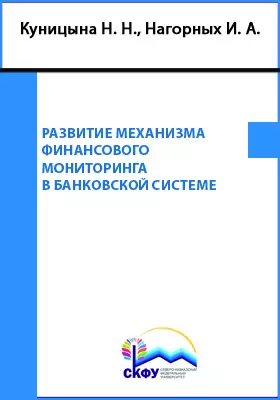
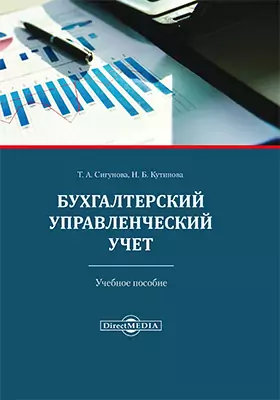





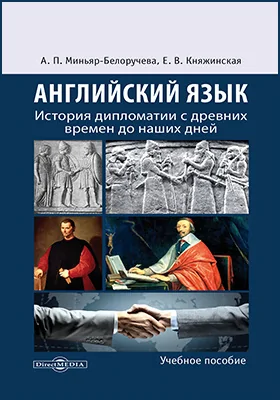






Бестселлеры нон-фикшн













Новинки книги нон-фикшн







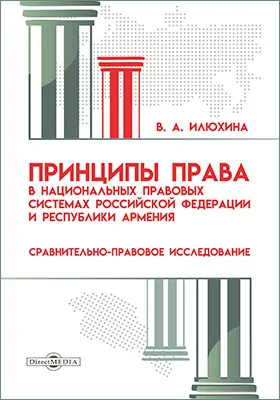





Куницына Н. Н. другие книги автора
и мы свяжемся с вами в течение 15 минут
за оставленную заявку

